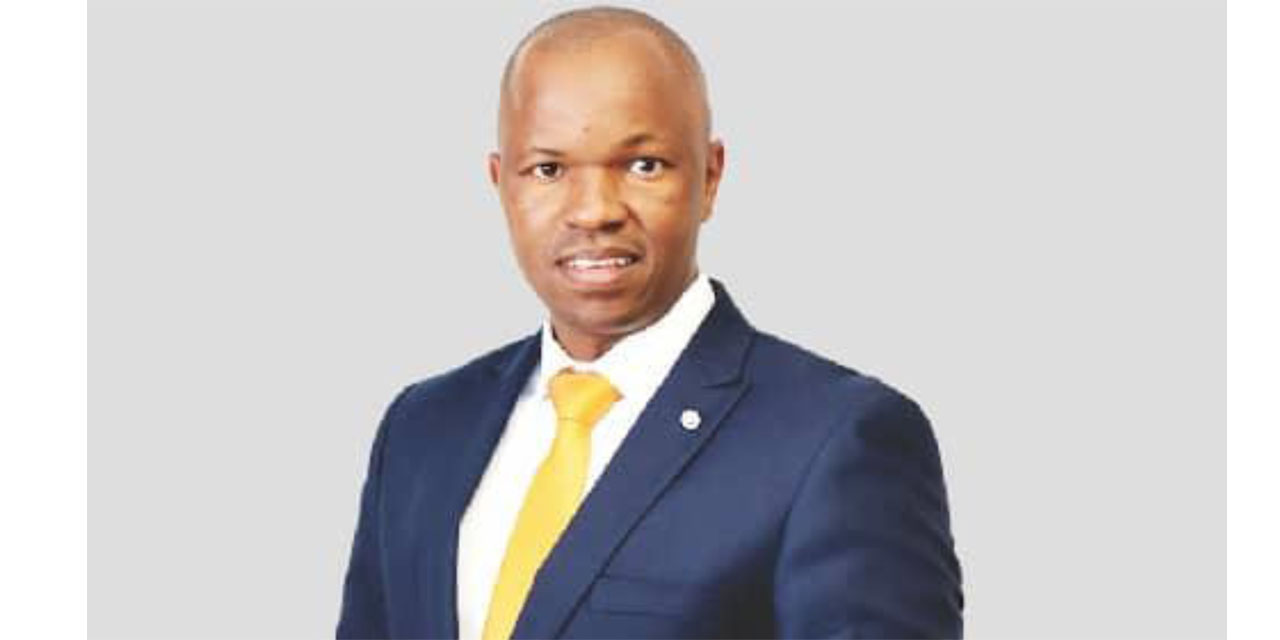Staff Writer
Last week, the Minister of Mines and Energy, Tom Alweendo summoned the management of both his ministry and that of Namibia’s power utility, NamPower, to express his concern about Namibia’s readiness to overcome its energy requirements in the event the South African power utility, Eskom, pulls the plug on Namibia’s power supply.
Upon enquiry about the meeting Alweendo however said he could not provide further information about the meeting but a source in the Ministry familiar with the meeting divulged that Alweendo was very frank in the meeting. He expressed serious concern about the potential disaster that the ‘doomsday scenario’ could spell for the Namibian economy. South Africa is currently the largest supplier of electricity to Namibia. Officials of NamPower reassured Alweendo that NamPower had a power supply agreement underwritten by the respective Governments of the neighboring countries, but Alweendo wouldn’t have any of that. He was expressed concern about the contingency plans NamPower had in place to avert a potential economic collapse of the country because of the lack of electricity.
“The purpose of the meeting was basically to find out how they are dealing with the issues and chances that we might have problems with the supply of electricity. We should all be concerned. If you are importing from countries that have problems then you should be concerned and see what measures you have in place. The Public Enterprise ministry should thus respond on NamPower’s readiness,” Alweendo said. The Ministry of Mines and Energy is responsible for, amongst others, energy policy formulation. The department of SOE’s which now resorts under the Ministry of Finance is responsible for policy implementation. Given the anomaly this arrangement presents, officials in the Ministry of Mines expressed their concern about the arrangement. Given the vulnerability of the Namibian power grid and the security of supply industry experts verbalized the importance of NamPower to report directly to the ministry responsible for energy.
Namibia produces power locally and imports about half its electricity, with the bulk of this being supplied by Eskom in South Africa and the balance by ZESCO in Zambia. NamPower also imports on a smaller scale from Zambia for supply to the Zambezi Region and exports on a small scale to Angola and Botswana. There are currently three power stations in Namibia which are owned and operated by NamPower. They are, the Ruacana hydro-electric power station, Van Eck coal-fired power station, and the Paratus diesel power station. However, South is experiencing its own challenges with the supply of electricity severely affected. Some commentators in South Africa have expressed the view that South Africa should “look after its own needs first, before exporting to other countries.”
Meanwhile, the Namibian corporate fraternity is greatly concerned about the possible effects a shortage of power supply might have on their businesses. The Chief Executive Officer of the Namibia Chamber of Mines, Veston Malango has confirmed that they are in the process of consulting NamPower.
“What is going on in South Africa, the power challenges is concerning because we are importing power from Eskom, just like we are importing from other neighboring countries. One thing I can share is that the situation with Eskom is indeed worrying for the mining industry, being major consumers of electricity. Security of power supply is key to our sustainability. In the future, local electricity generation to meet Namibia power demands is the way to go. We cannot sit and think that it does not affect us. In fact, we are in the process of engaging NamPower. I am not privy to the agreement between Eskom and NamPower but what is important to us as a country is that we as a country have to look at the means of producing our own power and not relying on outsiders,” Malango said.
Namibia’s main energy sources are petroleum, hydropower, imported electricity and imported coal. Namibia’s generation capacity consists of a mix of hydropower, coal, diesel and thermal. The four state-owned power stations currently supplying electricity to the domestic market are: Anixas (diesel, 22 MW), Paratus (diesel, 16 MW), Van Eck (coal, 120 MW) and Ruacana (hydro, 330 MW).
All four plants are owned and operated by NamPower, which also owns and operates the national transmission system. These domestic electricity generation plants, however, supply less than one-third of power consumption. As a result, Namibia imports most of its electricity primarily through bilateral contracts with South Africa’s national power utility (Eskom) and to a lesser extent, the Southern Africa Power Pool. Namibians peak usage is approximately 630 MW when all factories and mines are operating at full capacity.
Many industry experts are of the opinion that Namibia can generate sufficient electricity for 2.6 million people within Namibian borders, but that will only be possible if the current regulations are amended, and a more progressive policy approach is adapted. This could render Namibia a net expporter of electricity instead of importing kWh from SAPP to a value of around N$2.6 BILLION per annum.
Namibian Municipalities must write off hundreds of millions in unrecoverable debt, mainly electricity bills. It is estimated that the City of Windhoek alone has to write off N$191million.Namibia has in the past had very favourable long-term contracts with Eskom, based on the excess capacity in South Africa. A new contract has been negotiated recently, but this no longer offers firm supply and prices are escalating rapidly due to the change from excess capacity to supply shortages in South Africa. The nominal cost of sourcing electricity as reported by NamPower has almost tripled in the last eight years.
Namibia therefore finds itself in a difficult position. Its security of supply is compromised and power shortages are likely during the coming years because of insufficient local generation capacity and constrained imports.
This is an unprecedented occurrence in a country that has enjoyed a reliable and stable power supply in the past. Power outages were an uncommon and rare occurrence in recent Namibian history.
At the same time electricity prices are rising dramatically due to a conglomeration of factors. This places strain on people and business as well as on the utilities struggling to fund the necessary investments and still provide quality service., said an industry expert
Last week the Windhoek Observer reached out to officials in Nampower as well as the Ministry of Finance. Despite subsequent attempts to source information about the country’s contingency plans, all calls, text messages and e-mails remain unanswered.




